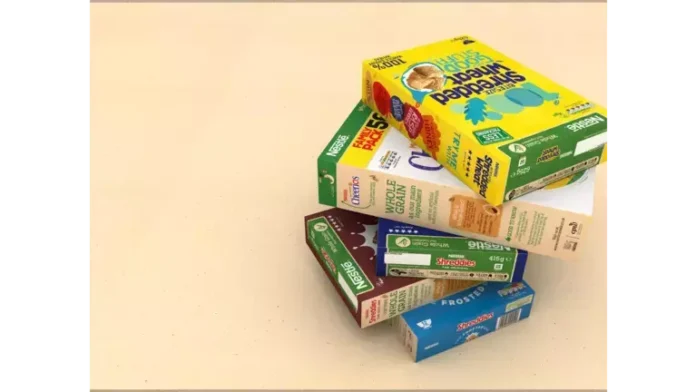Cereal boxes are everyday items in most households, yet their significance and evolution are often overlooked. From the early days of simple packaging to today’s vibrant, collectible designs, cereal boxes have a fascinating history and serve multiple purposes beyond just holding our breakfast cereal.
A Brief History
Cereal as a packaged breakfast food dates back to the late 19th century, with pioneers like John Harvey Kellogg and C.W. Post. Initially, cereals were sold in plain, generic containers or in bulk. It wasn’t until the early 20th century that cereal boxes as we know them began to take shape.
The Kellogg Company was among the first to introduce the idea of branding with their Corn Flakes box, which featured the iconic rooster. This move set the stage for cereal boxes to become a crucial marketing tool.
The Role of Design
The design of cereal boxes has evolved dramatically over the years. In the early days, designs were straightforward, focusing on the brand and product name. As competition grew, so did the creativity in packaging. Bold colors, cartoon mascots, and interactive features such as puzzles and games became standard.
Cereal boxes are often tailored to attract children’s attention. Characters like Tony the Tiger, Toucan Sam, and Cap’n Crunch became household names, creating a sense of nostalgia and brand loyalty that spans generations. For adults, designs might focus on health benefits, using sleek and modern aesthetics to convey a message of wellness and nutrition.
Collectibility and Cultural Impact
Cereal boxes have transcended their primary function to become collectible items. Limited-edition boxes, especially those featuring popular culture references or promotional tie-ins with movies, sports, and TV shows, are sought after by collectors. Some rare boxes can fetch high prices on the collector’s market, demonstrating their lasting appeal and cultural significance.
Environmental Considerations
As awareness of environmental issues has grown, so has the scrutiny on packaging materials. Many cereal companies have started using recycled materials and have redesigned their boxes to reduce waste. Additionally, there is a push towards eliminating plastic liners in favor of more sustainable options.
The Future of Cereal Boxes
Looking ahead, cereal boxes are likely to continue evolving with technology and consumer preferences. Interactive elements, such as QR codes that link to digital content or augmented reality experiences, are becoming more common. These innovations keep cereal boxes relevant in a digital age, ensuring they remain an integral part of the breakfast experience.
In conclusion, cereal boxes are much more than just containers for our morning meal. They are a blend of marketing genius, cultural artifacts, and, increasingly, environmental consciousness. Next time you pour yourself a bowl of cereal, take a moment to appreciate the history and thought that goes into that colorful box.
